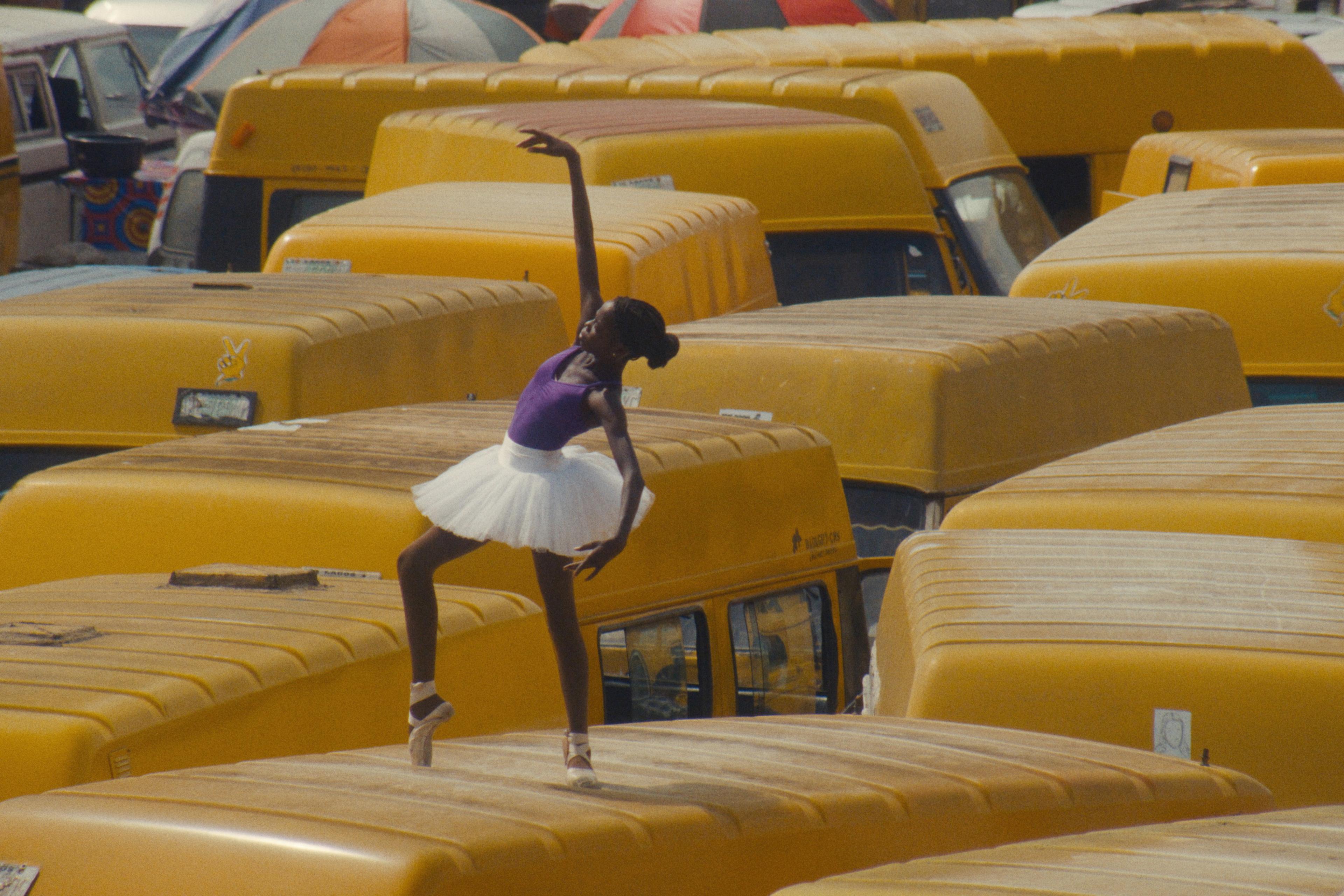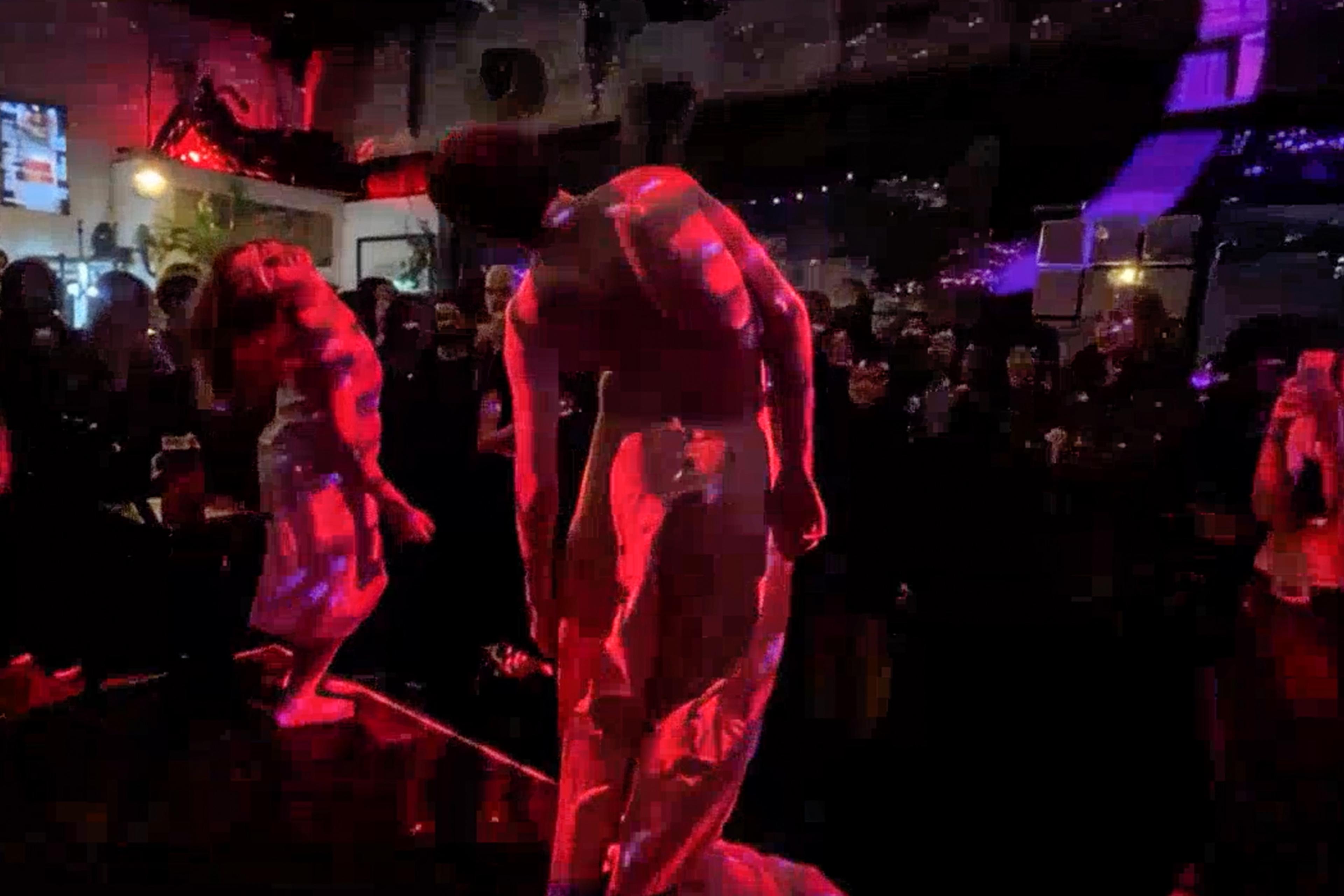First shown on Psyche in January 2022, this documentary from 2013 follows the Russian dancer Olga Smirnova, then prima ballerina at the Bolshoi in Moscow. But in March 2022, after Russia’s invasion of Ukraine, Smirnova left her position at the Bolshoi Ballet and joined the Dutch National Ballet. She offered the following statement:
I have to be honest and say that I am against war with all the fibres of my soul … I never thought I would be ashamed of Russia, I have always been proud of talented Russian people, of our cultural and athletic achievements. But now I feel that a line has been drawn that separates the before and the after.
Since its founding in 1776, the Bolshoi Ballet has been one of the world’s most prominent dance institutions. Premiering seminal works such as Swan Lake (1877), Don Quixote (1900) and Cinderella (1945), the Bolshoi (literally, ‘Big’) has distinguished itself from other, more traditional classical ballet companies with its stylistically bold and expressive performances. When the St Petersburg-born Smirnova was recruited to be a soloist at the Bolshoi at the age of 18, the opportunity was accompanied by pressure and high expectations.
After joining the Bolshoi in 2011, Smirnova rose to the top rank of prima ballerina, playing principal roles in Anna Karenina, The Sleeping Beauty and many other high-profile productions. In the short documentary The Prodigy, the US filmmaker Michael Sugrue offers a peek behind the curtains of the Bolshoi Theatre, exploring the young dancer’s intense commitment to her craft. Shot over the course of two days, the film observes Smirnova’s routine as she stretches and rehearses with scarcely a moment to breathe, her preparations culminating in an exhilarating performance as the lead in George Balanchine’s ‘Diamonds’ (1967).
Even in her downtime, ballet is ever-present for Smirnova. ‘I’m about to go to sleep and my mind is full of the variations I danced today,’ she says. ‘It’s like she was created for ballet,’ says her répétiteur (or tutor) Marina Kondratieva, referring not only to Smirnova’s natural ability, but also to her insatiable desire to improve. Through this proclamation, Kondratieva makes explicit a theme that, elsewhere in the film, lingers in the subtext – Smirnova is more than just dedicated to her work: she lives through it. It’s inside this pleasure of obsession that she finds her purpose. This sentiment comes alive on screen in her ‘Diamonds’ performance, during which her delicate and precise movements unfold as if nothing else in the world exists.
Of course, this work ethic also has its costs. Smirnova’s drive is unrelenting and the lifestyle is often isolating. She describes herself as ‘happy as a child’ when she corrects a mistake and, after her performance, greets the cheers of the crowd backstage with a look of pure joy. But elsewhere, she calls her relationship with ballet an ‘addiction’ and even ‘torture’. So, is it worth it? Sugrue probes this complex question with a careful eye, his tight framing emphasising Smirnova’s singular focus, and capturing her mastery in rich detail.
Written by Tamur Qutab







